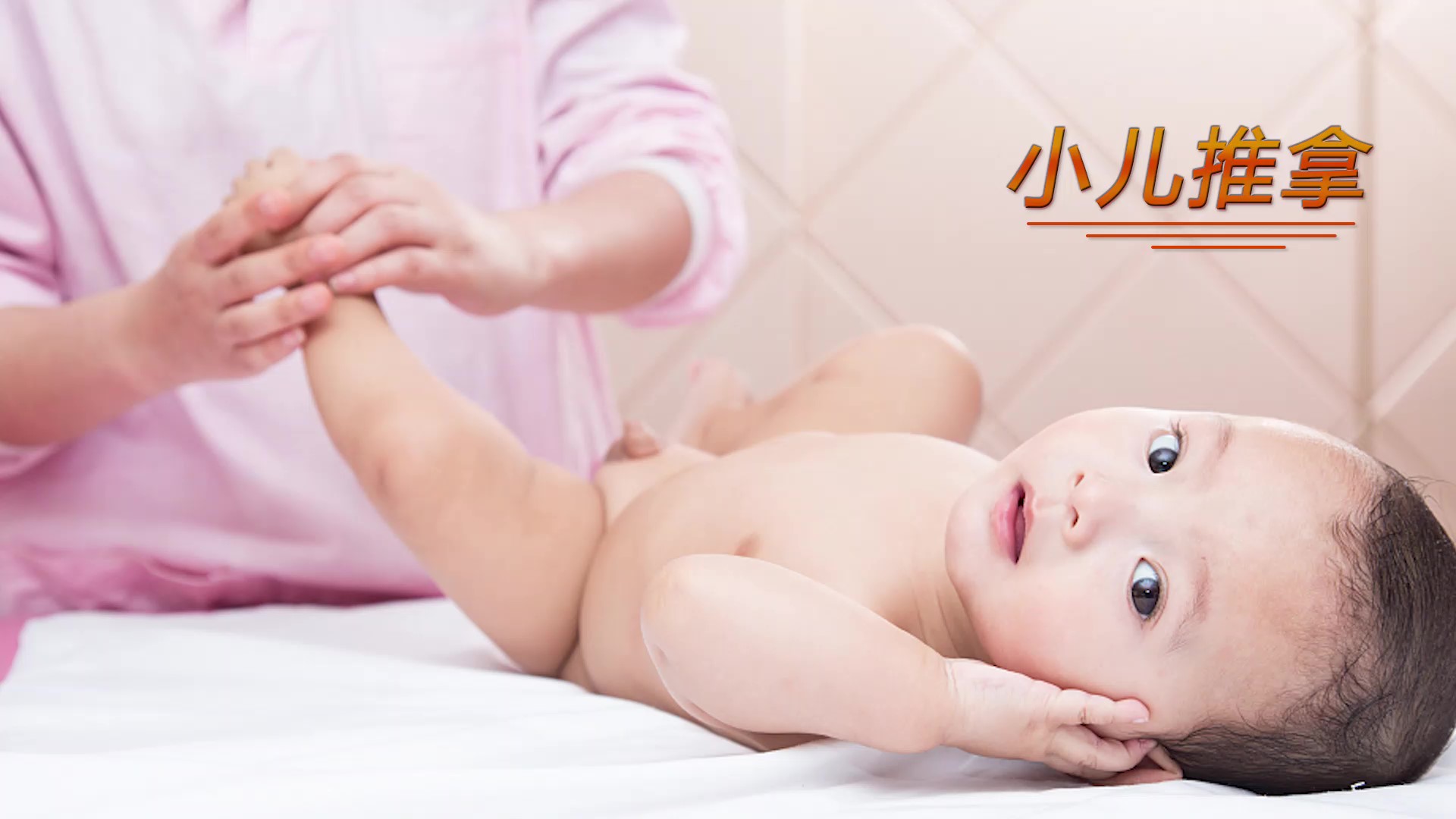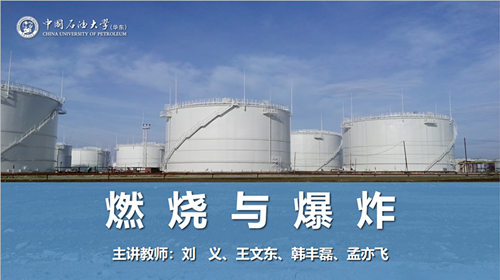
当前课程知识点:Chinese Ceramics > Unit 9 Blue and White Wares (Qinghua Ci) > 9.4 The charm of QinghuaⅢ > 9.4 The charm of QinghuaⅢ
返回《Chinese Ceramics》慕课在线视频课程列表
邱教授,这个杯子好漂亮呀
这是在哪里买的呀
这是在景德镇买的
景德镇在哪里呀
景德镇位于江西省东北部
已有1700多年的制瓷历史
素有“中国瓷都”之称
根据史料记载
景德镇最早称为新平镇(新平治陶,始于汉代)
因位于昌江之南,所以唐代时旧称昌南镇
北宋真宗景德年间
(西元1004年—1007年)
由于烧制的精美御瓷获得宋真宗赞赏
瓷器上底款书(景德年制)、(天下咸称景德镇)
景德镇由此得名
此后历朝皇帝都在此设置御窑
制作皇宫专用瓷和外交礼品
明清两代更以瓷精美而驰名中外
景德镇为中国古代四大名镇之一
同时也是中国陶瓷业的发源地之一
景德镇的瓷器具有
“白如玉”、“薄如纸”、“明如镜”
“声如罄”的独特性
极其丰富地表现了中华民族的文化内涵
我们生活在一个伟大的国度
我好久没去景德镇了
那我们下次一起去呀
我等不及了
我也是
大家好,你好,凌儒,天奇
今天我们继续谈青花瓷风韵
邱教授
明代初期官窑青花瓷
有何特点
明代初期的永乐(1403-1424) 宣德(1426-1435)两朝
官窑青花瓷的胎
釉制作比以前更有进步
胎质细腻青白
釉层晶莹肥厚
青花色泽浓艳
是这时期的共同特点
明代中期官窑青花瓷有何特点
明中期以后
景德镇的艺人把以水墨形式表现的文人风格绘画
直接移植到陶瓷装饰上
极大地丰富了青花瓷的表现手法
由于青花是釉下彩
使用毛笔饱蘸青花料水直接画在未烧的,具有吸水性的坯胎上
完全可以表现出文人画所追求的水墨淋漓的晕染效果
邱老师,据我了解
在这以前陶瓷上的装饰大都以各种图案装饰为主
这时受文人画的影响
出现了许多被称为“高士图”的人物画
画面中的人物
或行云流水
或悠闲自得
或超凡脱俗
表现当时文人隐士优游闲适的生活情趣
这些画面受当时文人画的影响
讲究笔墨与意境、而不以形似为目标
人物往往与疏朗
空灵的背景融为一体
往往只需寥寥数笔,略加点染
即概括出画中人物的神情风貌
不错
除表现文人逸士生活的图景之外
还有许多表现
仙人道士的画面
这些画面往往人物神采飞扬
气势豪爽、背景楼阁耸立、檐台接应
青山碧水、仙云缭绕
明代中期青花瓷
与元代青花瓷的人物画
有什么区别
从画法上看,元青花人物受当时版画影响
画风工整严谨
从题材上讲
元青花人物所表现的题材大多来自当时的戏曲或小说
所表现的画面基本都是人物故事,具有较浓厚的市井气
而明中期的青花人物
受当时文人画的影响,画风潇洒自如
在题材上,所表现的也大多是文人的生活和仙人道士题材
充满文人所追求的情趣和意境,具有较浓厚的人文气息
青花瓷从明代
发展到清代的康熙时期有何改进
青花瓷从明代发展到清代的
康熙时期(1662——1722)达到了一个新的高度
典型的康熙青花的青料
基本上使用国产的浙江料
因为由水选法改为煅烧法
青花的发色十分鲜艳而有浓翠感
从明中期开始
青花的上色就采用分水法,但一般只有浓淡两色
到康熙时期
为了表现出青花的丰富层次和阴面阳面
开始把色料分成五种
一碗一色、标以记号
分别使用,各不相混
根据画面的需要
以浓淡各色分染,甚至在一笔中也能分出不同的浓淡笔韵
以达到绘画中、墨分五色、明暗浓淡不同的色调效果
康熙青花瓷有“青花五彩”之誉 也就是指这个特点
但到康熙后期
随着五彩瓷的发展
以及雍正朝了粉彩瓷
青花瓷开始淡出官窑
但在民间,由于绘制快捷
装饰形式丰富,色泽明快清新
青花瓷还仍然受到人们的欢迎
直到今天
都还是中国人日用瓷器中的一个重要的品种
谢谢邱教授,今天为我们讲解的知识
今天的课就到这里,谢谢大家,下节课再见
-1.1 Introduction
-1.2 Ceramics in Neolithic, East Han and Wei-Jin Dynasties
--Ceramics in Neolithic, East Han and Wei-Jin Dynasties
-1.3 Sui and Tang dynasties and Song Dynasty ceramics
--Sui and Tang dynasties and Song Dynasty ceramics
-1.4 Ming and Qing Dynasties
-Unit 1 test
--Unit 1 test
-Discussion questions
-2.1 The Unique Chinese Ceramic Culture
--The Unique Chinese Ceramic Culture
-2.2 The Historical Development of Chinese Ceramic Making
--The Historical Development of Chinese Ceramic Making
-2.3 Chinese Ceramic Shape Art
-2.4 Chinese Ceramic Painting Art
--Chinese Ceramic Painting Art
-2.5 Chinese Ceramic Folk Stories
--Chinese Ceramic Folk Stories
-Unit 2 test
--Unit 2 test
-Discussion questions
-3.1 CeramicCulture and the Zodiac
--CeramicCulture and the Zodiac
-3.2 The heritage of traditional ceramic culture
--The heritage of traditional ceramic culture
-3.3 The development and innovation of ceramic art
--The development and innovation of ceramic art
-Unit 3 test
--Unit 3 test
-Discussion questions
-4.1 Gorgeous Colored Pottery
-4.2 The Method of Making Colored Pottery
--The Method of Making Colored Pottery
-4.3 Primitive Colored Pottery Ⅰ
-4.3 Primitive Colored Pottery Ⅱ
-4.3 Primitive Colored Pottery Ⅲ
-4.4 Black Earthenware
-4.5 White Pottery and Primitive Porcelain
--White Pottery and Primitive Porcelain
-Unit 4 test
--Unit 4 test
-Discussion questions
-5.1 Terracotta Warriors in Qin Dynasty
--Terracotta Warriors in Qin Dynasty
-5.2 Potteries in Han Dynasty
-Unit 5 test
--Unit 5 test
-Discussion questions
-6.1 Dragon kiln and Celadon
-6.2 Yue Kiln and Wuzhou kiln
-6.3 Deqing Kiln and Ou kiln
-6.4 Longquan Wares
-6.5 Yaozhou Wares
-Unit 6 test
--Unit 6 test
-Discussion questions
-7.1 Tang Tri-Colored Pottery
--7.1 Tang Tri-Colored Pottery
--7.1 Tang Tri-Colored Pottery
-7.1Tang Tri-Colored Pottery
--7.1 Tang Tri-Colored Pottery
--7.1 Tang Tri-Colored Pottery
-Discussion questions
-Unit 7 test
--Unit 7 test
-8.1 The flourishing age of the Song Dynasty
--8.1 The flourishing age of the Song Dynasty
-8.2 The flourishing age of the Song Dynasty
--8.2 The flourishing age of the Song Dynasty
-8.3 Ding Wares
-8.4 Ru Wares
-8.5 Guan Wares
-8.6 Ge Wares
-8.7 Jun Wares
-Discussion questions
-Unit 8 test
--Unit 8 test
-9.1 Reasons for the maturity of Qinghua porcelain in Yuan Dynasty
--9.1 Reasons for the maturity of Qinghua porcelain in Yuan Dynasty
-9.2 The Invention of Blue-and-white Porcelain in the Tang Dynasty
--9.2 The Invention of Blue-and-white Porcelain in the Tang Dynasty
-9.3 Fine China Ware became the Symbol of ChinaⅠ
--9.3 Fine China Ware became the Symbol of ChinaⅠ
-9.3 Fine China Ware became the Symbol of ChinaⅡ
--9.3 Fine China Ware became the Symbol of ChinaⅡ
-9.3 Fine China Ware became the Symbol of ChinaⅢ
--9.3 Fine China Ware became the Symbol of ChinaⅢ
-9.4 The charm of QinghuaⅠ
-9.4 The charm of QinghuaⅡ
-9.4 The charm of QinghuaⅢ
-Discussion questions
-10.1 Da Ming Wucai
-10.2 Wooden engravings influence on Wucai porcelain
--10.2 Wooden engravings influence on Wucai porcelain
-10.3 Kangxi Wucai
-10.4 Liling Under-glaze multicolored porcelainⅠ
--10.4 Liling Under-glaze multicolored porcelainⅠ
-10.4 Liling Under-glaze multicolored porcelainⅡ
--10.4 Liling Under-glaze multicolored porcelainⅡ
-Discussion questions
-11.1 The advent of Fencai
-11.2 Fencai Porcelain in the Yong zheng period
--Fencai Porcelain in the Yong zheng period
-11.3 Fencai Porcelain in the Qianlong Period
--Fencai Porcelain in the Qianlong Period
-Discussion questions
-13.1 Zisha-pottery
-13.2 The Zisha Teapot
-13.3 The Zisha tea set in the Ming Dynasty
-Discussion questions
-14.1 Development of Contemporary Chinese ceramic art
--14.1 Development of Contemporary Chinese ceramic art
-14.2 The internationalization trend of Chinese modern ceramics
--14.2 The internationalization trend of Chinese modern ceramics
-14.3 A new style of contemporary ceramic art Ⅰ
--14.3 A new style of contemporary ceramic artⅠ
-14.3 A new style of contemporary ceramic art Ⅱ
--14.3 A new style of contemporary ceramic art Ⅱ
-14.4 The Trade of the Artisans Ⅰ
--14.4 The Trade of the Artisans Ⅰ
-14.4 The Trade of the Artisans Ⅱ
--14.4 The Trade of the ArtisansⅡ
-Discussion questions
-15.1 Unique Cloisonné technique
--15.1 Unique Cloisonné technique
-15.2 The Craftsmanship and Development of Cloisonné
--15.2 The Craftsmanship and Development of Cloisonné
-15.3 The Problems Facing the Inheritance of Cloisonné
--15.3 The Problems Facing the Inheritance of Cloisonné
-15.4 The inheritance and development of Cloisonné
--15.4 The inheritance and development of Cloisonné
-Unit 15 Test
--Unit 15 Test
-Discussion questions
-16.1 Appreciation of Chinese ceramics
--16.1 Appreciation of Chinese ceramics
-16.2 Explore the origins of ancient ceramics Ⅰ
--16.2 Explore the origins of ancient ceramics Ⅰ
-16.2 Explore the origins of ancient ceramics Ⅱ
--16.2 Explore the origins of ancient ceramics Ⅱ
-Unit 16 Test
--Unit 16 Test
-17.1 Traditional Chinese Decorative Patterns
--17.1 Traditional Chinese Decorative Patterns
-17.2 Application of Traditional Chinese decorative patterns in ceramics
--17.2 Application of Traditional Chinese decorative patterns in ceramics
-Unit 17 Test
--Unit 17 Test
-Discussion questions




